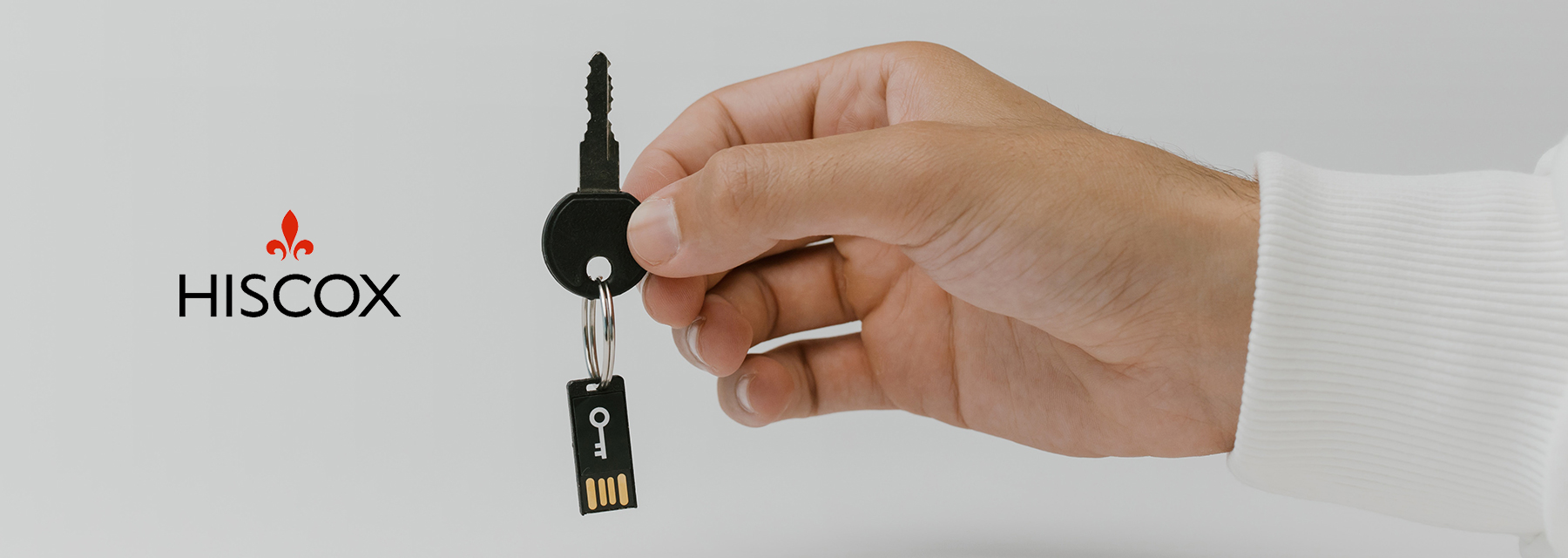Cyber attacks continue to rise. Per Hiscox Cyber Readiness Report 2021, the percentage of business attacked has increased from 38% to 43%. Additionally, about 28% of the targeted businesses were victims of 5 attacks or more. As a result, many businesses have suffered severe financial impact, leaving them with undetermined fates.
Now in its 5th year, the international annual survey includes 6,042 companies in the U.S., UK, Belgium, Germany, Spain, France, the Netherlands and Ireland. The report emphasizes the financial costs companies are burned with as they deal with these attacks. For companies under 10 employee, average financial loss was around $8,000. However, 5% of the surveyed companies suffered costs of $300,000 or more. “One German business services firm experienced breaches costing the equivalent of $474,000 per employee,” the report said.
The report focuses in 6 key cyber security areas across people, process, and technology. It is interactive and allows business to compare where they each fall in cyber security readiness, allowing them to check their maturity with their peers, draw on best practice experience in each area and, ultimately, develop cyber resilience. You can access Hiscox’ cyber readiness model here.
The report further emphasizes the wide range of financial costs for cyber attacks. Hiscox points out that, while the median costs may look manageable, we need to remember that is just the midway point. Under 10 employee companies have suffered losses ranging from just the median point ($8,000) to over $308,000. “One-in-six of all firms attacked this year (17%) said the impact was serious enough to ‘materially threaten the solvency or viability of the company’.”

Additionally, the financial impact is an immediate financial loss but not the only impact to the business. A cyber attack often leaves behind bad publicity, impacting a company’s brand and reputation. To deal with the reputational aftermath, companies must spend more capital notifying customers, paying penalties associated with privacy breaches, and attracting new customers.
The rising risks means rising expenses. Companies are radically reorienting their IT budgets. While the budget itself may not have drastically increased, the allocation has, with more firms increasing the cyber security budgets allocation by 63%.
To protect the financial health of the business, companies are also purchasing more standalone cyber insurance. Some are buying it for the first time, while others are increasing limits. It is the smaller firms, with under 10 employees, that have more resistance towards purchasing cyber liability, stating that they have no intention of buying insurance cover.
Ultimately, the intent of the survey is to acknowledge that while the cyber threat is not going away, with good risk management, a strong cyber insurance policy, and a good broker partner, companies can “contain the impact and decrease the damage”.
For more information on your company’s specific cyber liability exposures, please contact your Sequoia Risk Advisor, or connect with them directly in HRX.
Disclaimer: This content is intended for informational purposes only and should not be construed as legal, medical or tax advice. It provides general information and is not intended to encompass all compliance and legal obligations that may be applicable. This information and any questions as to your specific circumstances should be reviewed with your respective legal counsel and/or tax advisor as we do not provide legal or tax advice. Please note that this information may be subject to change based on legislative changes. © 2021 Sequoia Benefits & Insurance Services, LLC. All Rights Reserved




